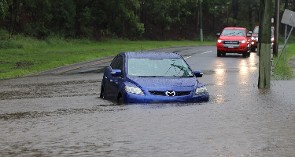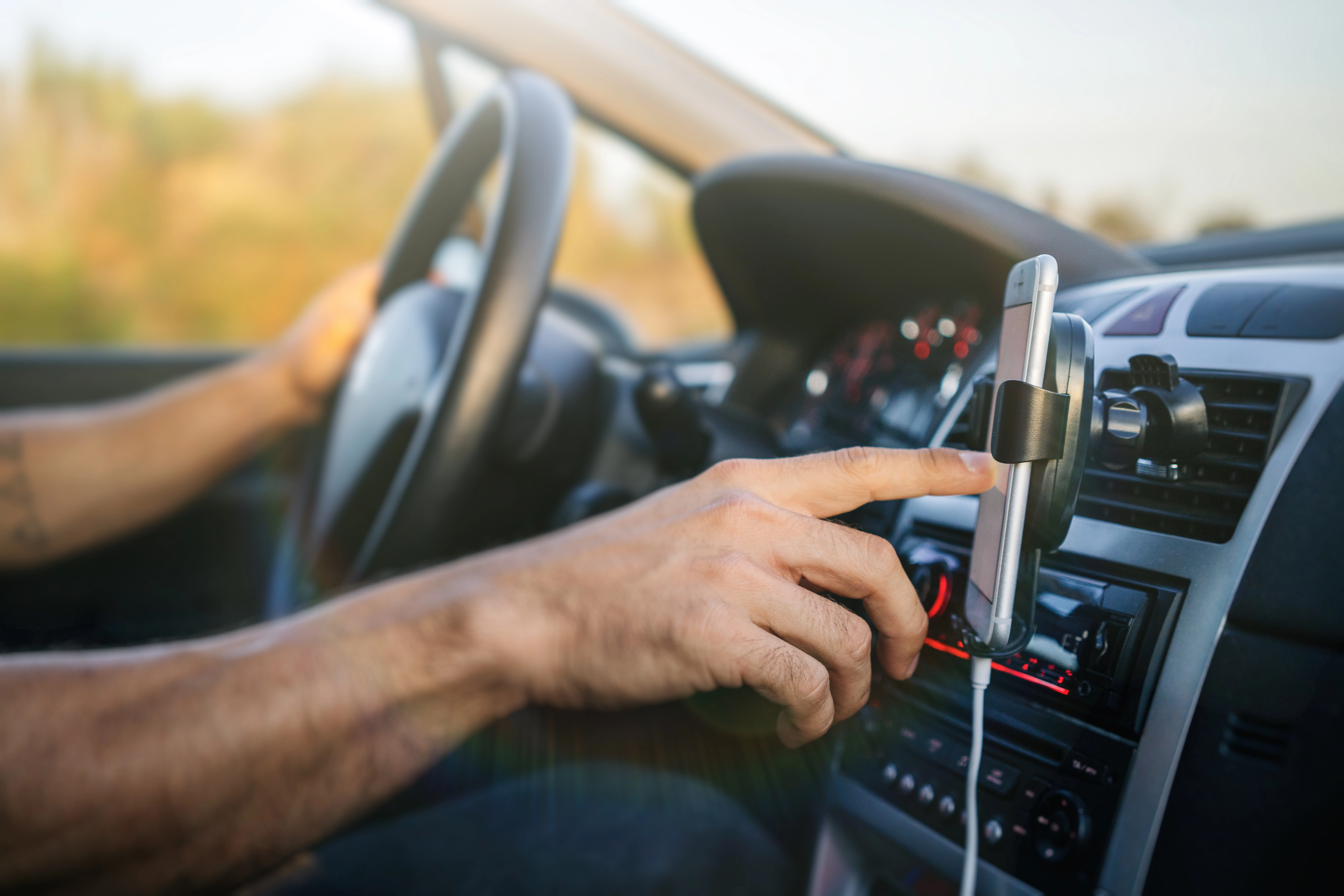Winter Driving Tips & Tricks

Winter driving can be challenging with snowy and icy weather, inexperienced drivers, and uncertain road conditions. If you can stay home on blustery winter days, good for you!
If not, here are some winter driving tips to help you get to your destination safely.
1. Before winter
-
Perform a maintenance check on your vehicle so it is ready for the season. Lower temperatures can affect the performance of your vehicle, so check the battery and make sure the heater and defroster work. Also, stock up on antifreeze and windshield washer fluid specific for cold weather. Inspect tire tread and windshield wipers and replace if necessary to combat snow and ice. In many states, "all-season" tires do not provie adequate winter traction. Consider replacing your tires with "winter" tires.
-
Equip your vehicle with items that could be crucial in a winter emergency, such as a blanket, boots, hat, gloves, snow brush, ice scraper, shovel, and sand, cat litter, or gravel (for traction), as well as extra antifreeze and cold weather windshield wiper fluid. These items are in addition to year-round emergency supplies, such as a flashlight with batteries, phone charger, first-aid kit, jumper cables, road flares, bottled water, and granola/protein bars.
2. Before you drive
-
Check the weather forecast and traffic report for your entire route. Allow extra time when conditions are predicted to change or worsen.
-
Fuel up, and keep the tank at least half full.
-
Charge your phone so it is available after you reach your destination or in an emergency, but not while driving.
-
Remove ice and brush snow off the windshield, hood, roof, windows, headlights, and taillights so you can see and be seen.
-
Know your vehicle. Is it 4-wheel or 2-wheel drive? Does it have anti-lock brakes?
-
Buckle up.
3. While you drive
-
Slow down and refrain from using cruise control when driving through sleet or snow or on ice.
-
Leave more distance than usual between you and the car in front of you.
-
Drive with the lights on. Use low beams when conditions present strained visibility.
-
If you find yourself sliding, steer to keep the vehicle going in its original direction without over steering. When you regain traction, start to straighten the wheels. Pump the brakes if your vehicle does not have anti-lock brakes. Stomp on brakes if it does have anti-lock brakes.
If you do get stranded, remain calm and safe in your vehicle until help arrives.
Stay safe this winter and avoid driving if conditions are dangerous.
An insurance company that cares about you and insuring the things you wish to be insured.
Get a Quote> Find an Agent>

